International
Manipulated ‘you’ searches’ and a fake message: what is known about the explosions in Lebanon
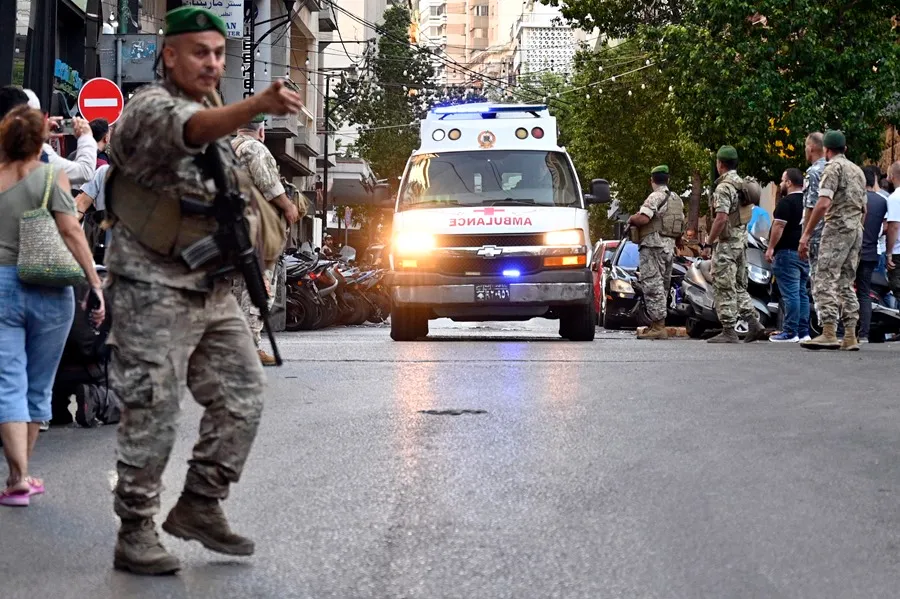
A new shipment of search devices used by members of the Lebanese Shiite group Hezbulá, originally manipulated before arriving in Lebanon, and a false message that detonated them remotely are the most likely hypotheses of the chain of explosions that this Tuesday caused at least twelve deaths in an operation attributed to Israel.
According to various sources, and in the absence of knowing the exact details, including who was the author of that cyber attack that from Lebanon is attributed to Israel, the Lebanese Minister of Telecommunications, Johnny Corn, assures that the devices that exploded were part of a shipment that “recently” arrived” in Lebanon.
He states that “maybe it was activated remotely,” although he does not yet know how, and indicates that, according to preliminary information, “the batteries of the people seekers heated up.”
It may, therefore, that even some people threw away those devices before they exploded.
This is what is known so far about this unusual and sophisticated operation:
Since the simultaneous attack, which injured thousands of people, including the Iranian ambassador to Lebanon, Mojtaba Amani, and which affected members of the Shii armed formation in Syria, there have been numerous hypotheses about how this attack could have occurred.
The most likely, and that some experts are already pointing out, such as the military analyst and independent politician, Elijah J. Magnier, is that an explosive trap was placed inside the devices, which “were not imported directly to Lebanon, but were stopped in a nearby country for three months, where Israel implanted the explosive.”
In what would be a sophisticated infiltration in the supply chain of these devices, Israel would have placed the explosives in that batch of devices, in total about 3,000, according to several US media, including The New York Times, always citing anonymous sources.
These explosives would have been implanted next to the battery of each of the mensaphones, which is why there was an overheating prior to the explosion, to which a mechanism was added to detonate them remotely.
That mechanism was a false message, which supposedly came from the dome of Hezbulá, and that when punctured activated the explosives.
Before the detonation, according to the sources, the device was programmed to beep for several seconds.
This type of attacks on supply chains is a concern in the field of cybersecurity due to the potential ‘hacks’ that may occur in the development phases, although these actions are normally limited to software and not to hardware, since for the latter it is required to have accessed the device during the assembly line.
Several computer experts consulted by EFE support the theory that, for these explosions to occur, the devices would have to have been manipulated at origin or destination, pointing out that the manufacturers of the components of these mensaphones are the ones who should respond to this.
And they have done so, since according to the New York Times, Hizbulá commissioned the devices from the Taiwanese company Gold Apollo.
However, the Asian company denied in a statement having manufactured these devices and indicated that the person responsible for producing them is a company called ‘BAC’, which is based in Budapest.
Regarding the AR-924 ‘person-seeker’ that would have been used in the explosions, the Taiwanese company reiterates that it is a model “produced and sold” by BAC.
“We only provide the authorization of the registered trademark and we are not involved in the design or manufacture of this product. We always adhere to the relevant regulations and maintain a transparent and compliant cooperation with our partners,” the statement concluded.
The Shiite group uses among its members this kind of devices as a means of communication to avoid being geolocated by Israel, which usually carries out selective murders against members of Hezbullah, among other factions present in Lebanon and Syria.
Mensaphones, which became obsolete with the arrival of the mobile phone, are low-tech wireless devices that basically receive alphanumeric and bidirectional messages, with the ability to send and receive short messages.
International
Mexican government prioritizes 191 communities after deadly floods

Mexican President Claudia Sheinbaum confirmed on Wednesday that the death toll from recent rains and floods across several central states has risen to 66, while the federal government has activated air bridges and prioritized assistance in 191 isolated communities.
“Unfortunately, 66 people have died, and 75 remain missing,” the president said during her morning press conference. She added that the official death toll will be updated later in a new report.
As of Tuesday, authorities had reported 64 fatalities. Sheinbaum also announced the creation of a public information center to centralize official data on the deceased, missing persons, damaged homes, and cut-off communities.
According to the president, the number of missing persons has decreased thanks to coordination with state authorities.
“Through calls to phone line 079, 103 people who had been reported missing have now been located,” she explained.
Priority Municipalities
The president noted that the federal government has classified 191 communities as ‘priority’, a designation based mainly on the percentage of homes affected.
International
New road and bridge explosions raise alarm amid indigenous protests in Ecuador
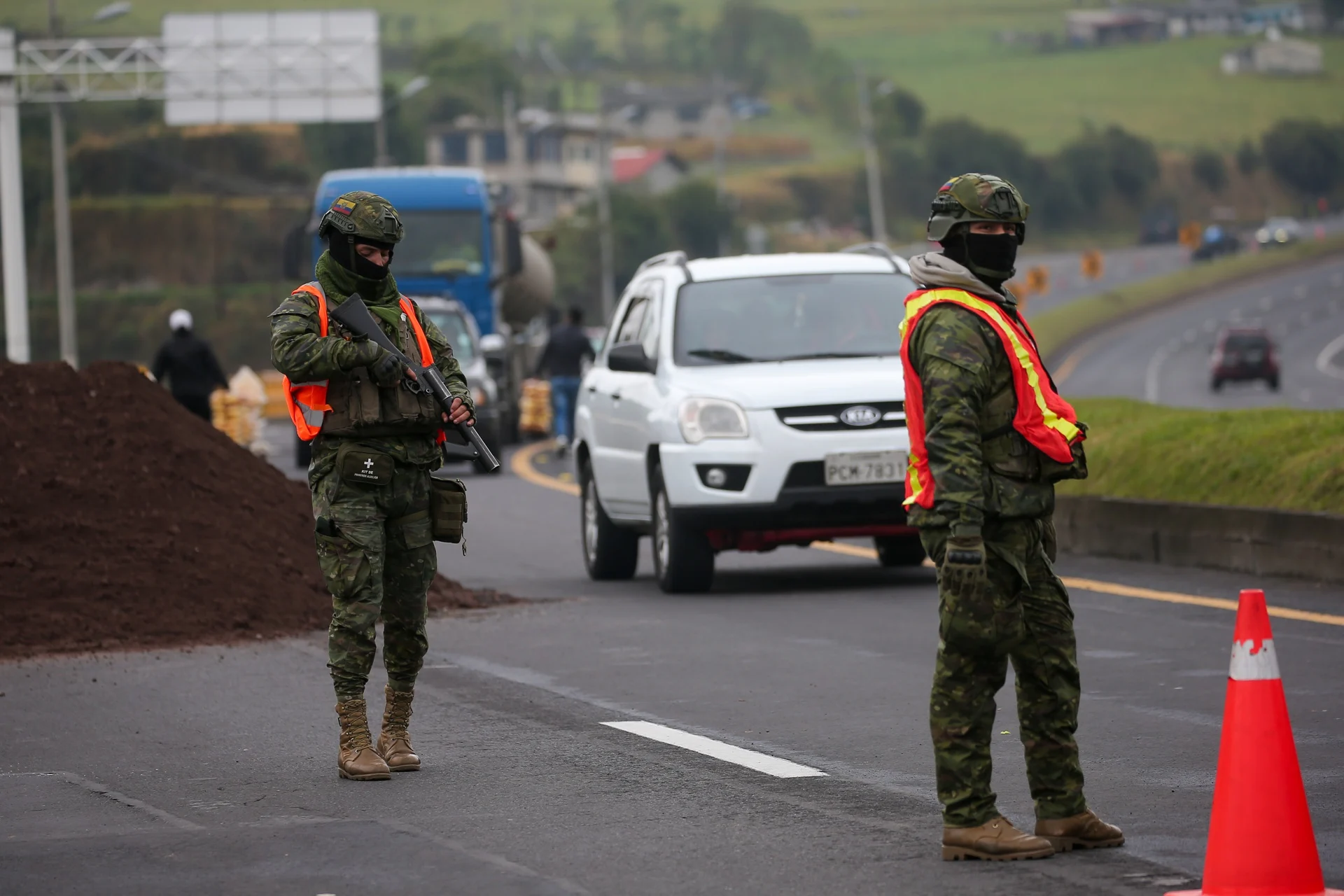
Ecuadorian authorities are investigating two explosions that occurred early Wednesday, one on a road in the southern part of the country and another under a bridge in Guayas province. These incidents follow the car bomb explosion in the coastal city of Guayaquil, also in Guayas, which occurred the day before and left one person dead and 30 injured.
Press reports indicate that one person was injured and several vehicles were damaged in the explosion on the Cuenca-Girón-Pasaje road in the south.
“Besides yesterday’s explosion in Guayaquil, we have received reports of explosives placed on bridges along the Guayaquil-Machala and Machala-Cuenca routes to disrupt traffic,” said Roberto Luque, Minister of Infrastructure and Transport (MIT).
On his X social media account, Luque reported that authorities have been deployed to the sites to assess the damage and determine the current condition of the structures.
“What they haven’t achieved with their call for a strike, some are trying to achieve through terrorism,” he stated, referring to the 24 days of protests organized by the Confederation of Indigenous Nationalities (Conaie) against rising diesel prices and other demands.
The protests, called at a national level, have Imbabura province as their epicenter. Roadblocks have also been reported in the northern part of Pichincha province, whose capital is Quito, while activities in the rest of the country continue normally.
International
Armed forces target illegal mines in Northern Ecuador with bombing raids
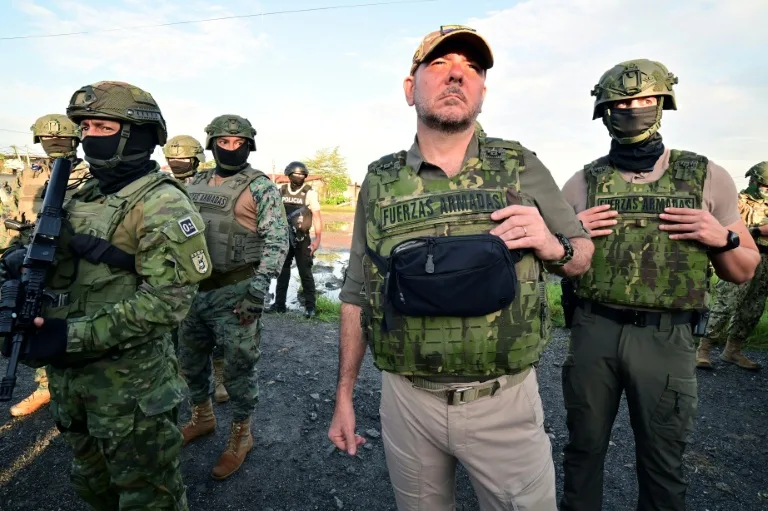
Ecuador’s Armed Forces carried out an operation on Monday — including airstrikes — against illegal mining in the town of Buenos Aires, in the country’s north, Defense Minister Gian Carlo Loffredo reported.
The mountainous, gold-rich area has been a hotspot for illegal mining since 2017, located in the Andean province of Imbabura.
In 2019, former president Lenín Moreno deployed around 2,400 soldiers to the region in an attempt to curb the illegal activity. “The operation began with mortar fire, followed by gunfire and bombing runs by Supertucano aircraft,” Loffredo said in a video released by the Defense Ministry.
He added that the operation would continue on Tuesday with patrols across the area to locate possible members of “irregular armed groups that may have crossed from the Colombian border.”
The Armed Forces stated on X that the intervention focused on the “complete elimination of multiple illegal mining tunnels” in the areas known as Mina Nueva and Mina Vieja.
The operation coincided with the deployment of a military and police convoy into Imbabura, which has been the epicenter of protests against President Daniel Noboa since September 22, following his decision to scrap the diesel subsidy.
-

 Central America3 days ago
Central America3 days agoGuatemala arrests first escaped gang member after Barrio 18 prison break
-
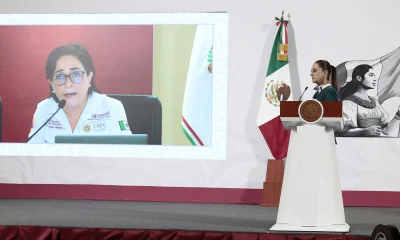
 International3 days ago
International3 days agoMexico reports 64 dead, 65 missing after devastating central region floods
-
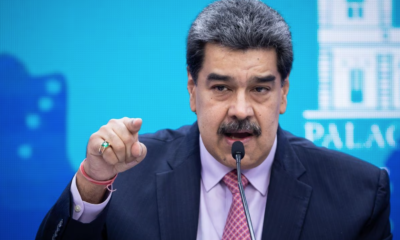
 International3 days ago
International3 days agoVenezuela calls for continued global pressure to secure ‘just peace’ for Palestine
-

 International3 days ago
International3 days agoPope Leo XIV to skip COP30 in Brazil but plans future visit, Lula confirms
-
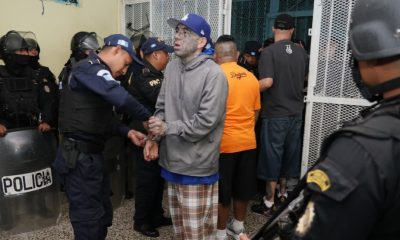
 Central America4 days ago
Central America4 days agoFraijanes II prison in Guatemala reports gradual escape of 18th Street gang inmates
-
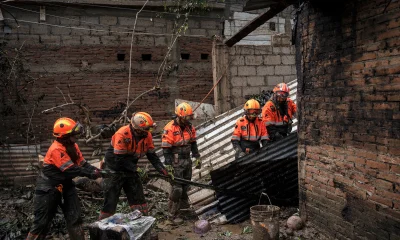
 International2 days ago
International2 days agoSheinbaum: Urgent to restore access to towns cut off by heavy rains
-
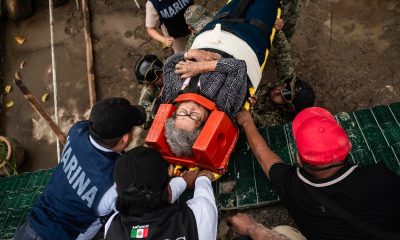
 International4 days ago
International4 days agoHeavy rains leave dozens dead in Hidalgo, Puebla, and Veracruz
-
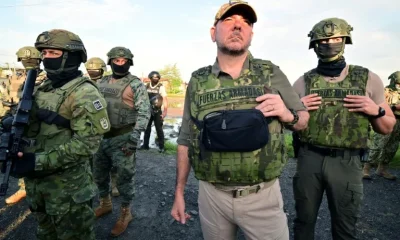
 International2 days ago
International2 days agoArmed forces target illegal mines in Northern Ecuador with bombing raids
-

 International1 day ago
International1 day agoMexican government prioritizes 191 communities after deadly floods
-

 International2 days ago
International2 days agoVenezuelan media faces fresh restrictions after reporting on opposition leader’s Nobel win
-
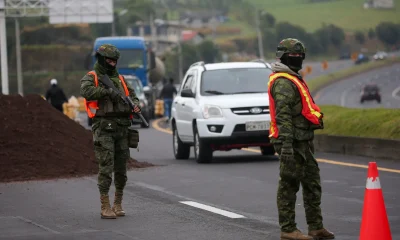
 International1 day ago
International1 day agoNew road and bridge explosions raise alarm amid indigenous protests in Ecuador
-

 International2 days ago
International2 days agoCaracas shuts embassy in Oslo without explanation following Machado’s Nobel win


























